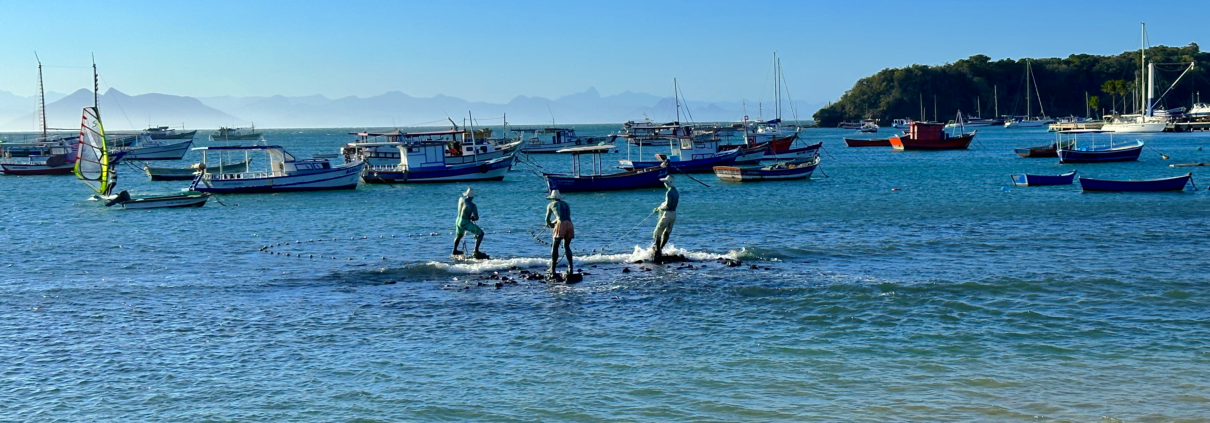The Fascinating History of Búzios: From Fishing Village to Glamorous Resort Town
Armação dos Búzios, commonly known as Búzios, is today known as one of Brazil’s premier tourist destinations, famous for its beautiful beaches, upscale resorts, and vibrant nightlife. However, the history of this resort town is as colorful and diverse as the landscapes it showcases. This article delves into the fascinating transformation of Búzios from a humble fishing village to an internationally recognized travel hotspot.
Early Beginnings: Indigenous Peoples and Portuguese Influence
Before its modern development, the area now known as Búzios was initially inhabited by the native Tupinambás Indians. The first Portuguese explorers arrived in the 16th century, establishing the basic foundations for fishery and trade in the area. During this period, Búzios mainly served as a whaling station and fishing village.
The Slave Trade and Economic Foundations
By the late 17th and early 18th centuries, Brazil became a significant player in the Atlantic slave trade. Although Búzios was never a major slave port like Rio de Janeiro, the region was influenced by the trade. Fisheries in the area used enslaved Africans, and the village’s economic foundations were rooted in this dark chapter of history.
The 20th Century: Emergence of a Quiet Getaway
For much of the early 20th century, Búzios remained a modest fishing community, somewhat insulated from the rapid industrialization happening elsewhere in Brazil. During the 1950s and ’60s, it began to gain recognition as a peaceful escape from the bustling cities but remained relatively unknown to the wider world.
The Bardot Effect: International Stardom
The international spotlight fell on Búzios in 1964 when French actress Brigitte Bardot visited the town to escape the paparazzi and the media frenzy in Rio de Janeiro. Her stay put Búzios on the global tourism map. Bardot was so enamored by the town’s beauty and tranquility that her visit was extended. In her wake, other celebrities and international tourists began flocking to Búzios, leading to what locals call the “Bardot Effect.” Today, a statue of Bardot sits on the town’s main seafront promenade, a tribute to the role she played in its modern history.
The Cosmopolitan Era: Development and Tourism
Following Bardot’s visit, Búzios experienced a construction and development boom. Luxury resorts, boutique shops, international restaurants, and art galleries sprung up, transforming it into a cosmopolitan center. The fishing village had evolved into a glamorous resort town, attracting tourists from around the world. The diverse beaches also offered something for everyone, from the tranquil waters of Ferradura Beach to the surfer’s paradise at Geribá.
The Present: A Blend of Old and New
Today, Búzios is a blend of its humble past and its glamorous present. While luxury resorts and international cuisines abound, elements of the old fishing village remain. Fishermen still go about their daily routines, and local markets showcase native crafts and food items.
Conclusion
The history of Búzios is a captivating tale of transformation, marked by cultural intersections and global influences. From its early days as a fishing village to its current status as a world-class tourist destination, Búzios embodies the ever-changing but enduring spirit of Brazil. As the town looks towards the future, it retains a deep connection to its past, making it a unique and compelling place to visit for travelers interested in both history and modern-day luxury.




Leave a Reply
Want to join the discussion?Feel free to contribute!